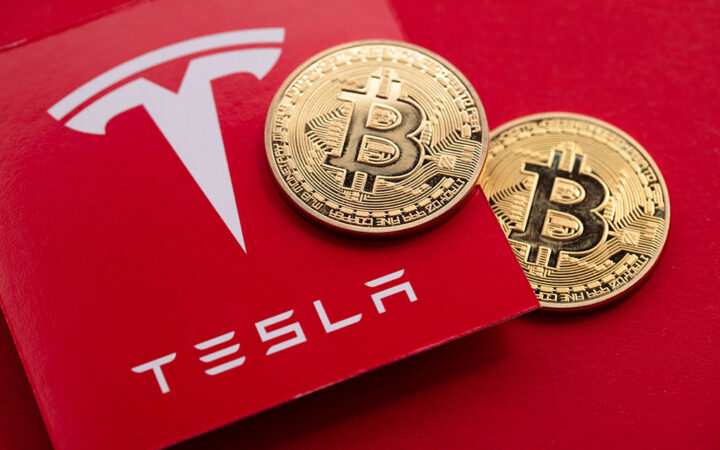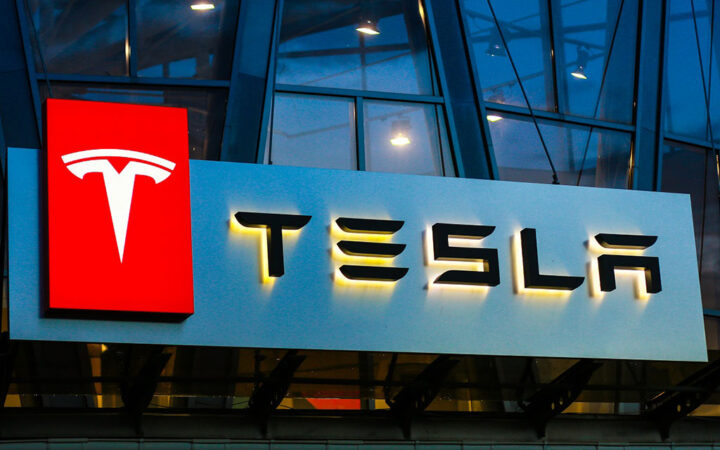
Please check out latest news, expert comments and industry insights from Coinspeaker's contributors.
Depending on how long this pandemic lasts, whether more lockdowns happen, and how fast economies recover, the outlook projected for the EV market could change.

As we reach the end of a difficult year for many industries, interesting data has emerged in car sales. As governments responded to the COVID-19 pandemic with lockdowns, car sales dropped drastically in the first half of the year. However, one segment of the global light vehicle market, electric vehicles, remained resilient.
A report by the International Energy Agency (IEA) showed that, despite the pandemic, sales of EVs grew and the IEA expects the number of electric cars on the road to hit 10 million this year.
How did the EV market fair so well amid COVID-19 and what are the projections beyond 2020?
As lockdowns took effect across the globe, vehicle production ground to a halt. With many people holed up at home and unemployment levels rising, car shopping was not a priority. Disrupted production and decreased consumer buying power led to global sales of electric cars declining by 25% in the first quarter of 2020.
China, Europe and the United States are the largest EV markets. Here’s how COVID lockdowns affected EV sales in these three countries.
China implemented a lockdown earlier than most other countries. Therefore, the vehicle market recovered sooner. By March, when many other countries were only starting their lockdowns, the Chinese were getting back to work and production of vehicles was up to 75%. They were fully operational by April. Europe also rebounded quickly while the U.S. still lags behind.
Electric vehicles remain a niche market but have gained considerable ground in the last few years. In 2019, it reached a new record of over 2 million sold. Here’s what’s prompting the shift to electric vehicles.
Electric vehicles come with a higher price tag but are more cost-effective in the long run. For early adopters of EVs, this was a drawcard. They were willing to spend more upfront to enjoy saving on gas in the long term.
When a new innovative product launches, the price is usually high. As more competitors join the market and demand for the product increases, prices tend to drop.
Today, there is a variety of EVs ranging in price from $30,000 to over $90,000. The most affordable options are the Ford Focus Electric, VW e-Golf, and Hyundai Ioniq, selling for $30,000 or less. Tesla also cut the price of its popular Model 3 to $37,990 and slashed its luxury Model X and Model S by 4%.
In countries where EVs have taken off, it’s in part thanks to governments offering incentives for EV purchases. In America, you’ll receive a federal tax credit of $2,500 to $7,500, depending on the vehicle’s battery capacity. Local state incentives may also apply.
Many EU countries and the UK offer VAT exemption, subsidies, or tax breaks. China grew it’s EV market to the largest in the world by offering its citizens sizable subsidies and tax incentives on EV purchases.
Because EVs cost more than their gas-powered counterparts, low-income earners often can’t afford them. In America, it’s higher-income earners that tend to buy EVs. Two-thirds (67%) of EV owners in America earn over $100,000. In Nordic regions, EV owners are predominantly young males below the age of 45 who are highly educated and employed full time in well-paying jobs.
The wealthy were able to withstand the financial impact of COVID, which may explain why EV sales remained buoyant during 2020.
So far, the picture looks bright for the electric car industry. EV sales are predicted to grow and be a top performer in the light vehicle market, even amid the COVID-19 pandemic. Here’s what the projections are beyond 2020.
COVID-19 will not dampen EV sales. Deloitte forecasts that EV sales will grow from 2.5 million in 2020 to 31.1 million by 2030. Predictions are that China and Europe will bounce back strongly but the U.S. will see a slower recovery.
China’s quick containment of the COVID-19 pandemic and its resilient economy is good news for the EV vehicle market. McKinsey expects the number of EVs sold in China to potentially increase from 1.2 million to 3.5 million in 2022.
In comparison, America’s response to COVID was weak and should a sluggish post-COVID economy follow, it will make it harder for the EV market to regain momentum.
Many of the countries where EV sales are prominent are planning to implement COVID economic recovery plans that include support for the EV market.
To help meet sustainability goals on reducing gas emissions, more people need to buy electric cars. Governments plan to invest in EV infrastructure, like building more public charging stations. This is on top of existing government incentives to encourage sales of electric vehicles. Germany is investing $2.8 billion and China is allocating an extra $378 million towards expanding EV infrastructure.
During lockdowns, nature showed remarkable signs of rejuvenation and we noticed. Hopefully, it raised our collective consciousness and made us more aware of our impact on nature. As millions stayed home and less cars spewed out emissions, smog cleared and the air became cleaner. In the post-COVID era, more people may decide to switch to electric cars.
Depending on how long this pandemic lasts, whether more lockdowns happen, and how fast economies recover, the outlook projected for the EV market could change. There are many variables at play. Ultimately, how governments respond to the pandemic and how consumers emerge from this crisis will influence how well the EV market performs in 2021 and beyond.
Disclaimer: Coinspeaker is committed to providing unbiased and transparent reporting. This article aims to deliver accurate and timely information but should not be taken as financial or investment advice. Since market conditions can change rapidly, we encourage you to verify information on your own and consult with a professional before making any decisions based on this content.

Please check out latest news, expert comments and industry insights from Coinspeaker's contributors.




